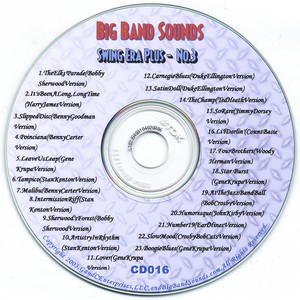
- 歌曲
- 时长
简介
At times during the years, 1942-1944, the Swing Era seemed to be relatively quiet. The war obviously had caught up hundreds of musicians and leaders. But grief was evident as music became engulfed in wars. In June 1941 the radio networks battled against the American Society of Composers, Authors & Publishers (ASCAP), which held the rights to most popular songs and wanted the networks to increase what they paid for using them. However, when the networks refused, bands were not allowed to broadcast any ASCAP tunes. Radio listeners became very anxious listening to endless jazzed-up repetitions of "Jeanie with the Light Brown Hair" and "Comin' Thro' the Rye." After a year of struggle to end that battle another more devastating confrontation came in August 1942 between the musicians' union and the recording companies. For two years, while the union insisted that the companies make sizable contributions to the union's pension fund, most name bands were not allowed to make records. However, there was plenty of music to hear and admire. Harry James was so mobbed during his personal appearances at the Paramount in New York City that he could not venture out on the street undisguised. Charlie Spivak broke all attendance records at Convention Hall in Atlantic City. The month prior to the musicians' strike, the bands created a stockpile of recordings, which provided the country and its jukeboxes considerable music to get through the perilous times. Big bands were in their glory at this time. Even though much of the music was not on record, the best of it was played in a strong, spirited way ranking it among the best of the entire Swing Era.







